16 Sep 2020
Preserving natural nutrients in your products: what processing techniques are available?
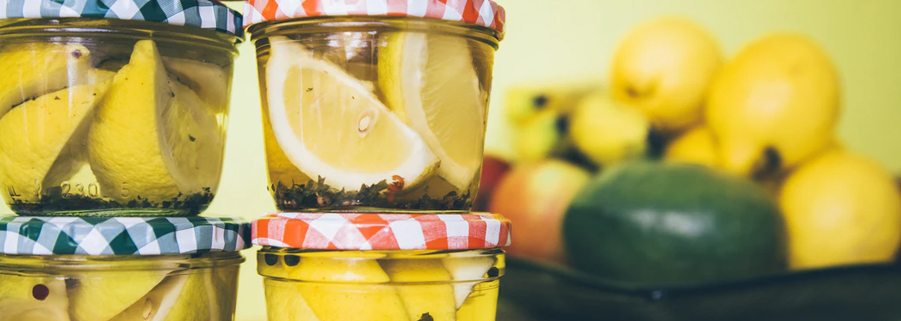
According to an Opinion Way/ French Food Capital survey published in September 2018, 86% of French people declared that they are careful about what they eat. 56% of them found that the composition of a product (the list of ingredients) was important information, and 43% considered that the negative effects that food products may have on their health are greater today than in the past (source: LSA).
"Living food", raw food, paleo diet... Diets that proclaim the benefits of minimally processed - or even raw - food appear in ever increasing frequency, and the intentions of consumers are also becoming clearer: food should (once again) be more natural in order to be a source of physical and mental wellness.
A kernal of truth can be found hiding within this trend: the nutrients in food tend to deteriorate with each additional processing step, in particular where sterilising and preserving is taking place. What are the existing solutions for food manufacturers to address these consumer expectations while guaranteeing the safety of their products? Aurélie d'Assignies, the director of Very Foody, a culinary innovation laboratory, gives us the benefit of her expertise.
From "untreated" to "raw": when we want nature on our plate
Here at Vitagora, we have been aware of raw food as an emerging trend since it was identified in a report we commissioned from IPSOS in 2013 on the topic of "Healthy and tasty food trends for 2020". Inspired by a degree of mistrust towards industrially processed foods and by a desire for naturalness, this trend has since developed, carrying with it a promise of more authentic, tastier foods (as provided by nature), as well as a perception of higher nutritional quality unaltered by cooking or preserving processes.
And in France the desire for natural food is only growing. In January 2019, a Kantar WorldPanel survey found that 73% of French consumers said they were worried about food safety and 84% of them preferred to choose foods with the most natural ingredients (source: LSA). According to a ScanUp study in April 2020, 73% of French consumers are ready to pay more for a "100% natural" product, that they defined according to two main criteria: minimally processed (84% of respondants) and additive free (77% of respondants). It is worth noting that "organic" as a criteria for defining "natural" was cited by only 21% of respondants (source).
"Limiting processing, selecting gentle cooking techniques able to preserve the nutritional characteristics of the product, preserving the product's freshness: all this contributes to meeting consumer expectations," explains Aurélie d'Assignies. "Several products are being launched to capture this trend: low-temperature dehydrated cereal bars, ready meals cooked "sous vide" at low temperatures for food service, cold-pasteurised fruit juices etc."
Food business: an overwhelming need to guarantee safety
However, Aurélie d'Assignies admits that "meeting this expectation implies significant obstacles for manufacturers - mostly in terms of preserving. For example, we need to find alternatives to sterilisation."
Indeed, industrial preserving techniques have a goal of meeting stringent food safety requirements. While the risks of food borne infections in Europe have been drastically reduced over the last few decades (divided by 100 since the 1950s - source), any degree of risk is seen as unacceptable - by consumers AND by manufacturers who must engage their responsibility.
What solutions are currently available to food manufacturers in terms of gentle processing of food, while not compromising on the safety of their products? Aurélie d'Assignies remains convinced that "new technologies are emerging and developing."
Preservation: innovative processes to (re)discover
While certain "gentle" preservation processes have recently been in the spotlight in terms of public and industry interest, new techniques are appearing that deserve a closer look. Here are a few examples:
- Ohmic heating. An effective means against microorganisms, the decreased processing time in ohmic heating preserves the nutritional and sensory properties of foods.
- Low temperature dehydration (under 43°C). This is used mainly by organic producers in particular for fruits and vegetables in order to preserve their vitamin content.
- Fermentation. An ancestral and natural technique, fermentation can also create additional nutritional and taste characteristics. Over the last 10 yeras, fermentation has been steadily gaining public interest. According to Mordor Intelligence, the global fermented food and beverage market was worth around 1,530 billion dollars in 2018 with a predicted CAGR of 7.2% for the period 2019-2023.
- High pressure pasteurisation. Introduced 30 years ago, this is a heatless preserving technique (also called cold pasteurisation). This process is able to destroy microorganisms by ingreasing the pressure of the product, sealed in its packaging and submerged in water. The pressure can reach 6000 bars. Despite preserving all the nutritional and taste characteristics of the food, this technique has its limits: it cannot destroy spore-forming bacteria (either "off flavour" or pathogenic strains). For that, another treatment, for example heat, is required.
- Biopreservation. This technique uses an innoculation of harmless microorganisms to fight against the development of pathogenic bacteria thanks to the principal of antibiosis (the biological interaction between two or more organisms that is detrimental to one of them, or the antagonistic association between an organism and the metabolic substances produced by another). This strategy has been deployed and studied by scientists working on the BLAC-HP project that Vitagora helped to set up, and that ended in 2019. In this project, high pressure treatment was associated with a innoculation of lactic bacteria using ham as the test subject. The experiments were able to show that using the two techniques together allowed lactic bacteria to inhibit spore-forming bacteria and thus the development of off-flavours and toxic contamination without having to use other preseving agents (nitrite salts etc.). Vitagora members can watch videos of the presentation of the results of this project in French, or contact me to find out more about the research.
Go further
Contact me with any questions you may have about this topics: anais.guerin@vitagora.com. And don't forget to sign up for your blog articles on technologies, trends and best practices related to food innovation.




 Home
Home

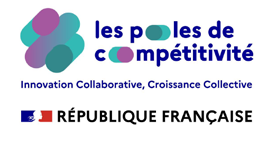

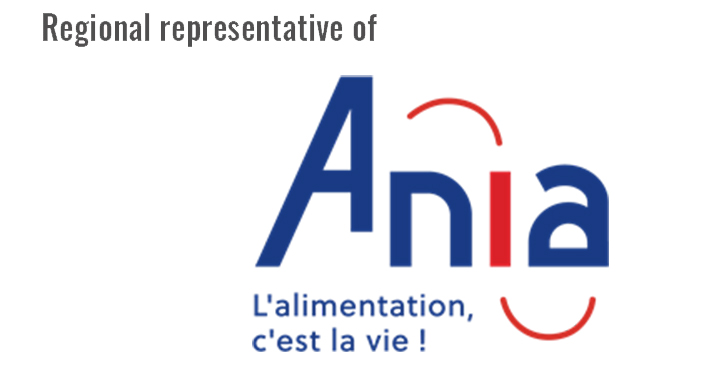

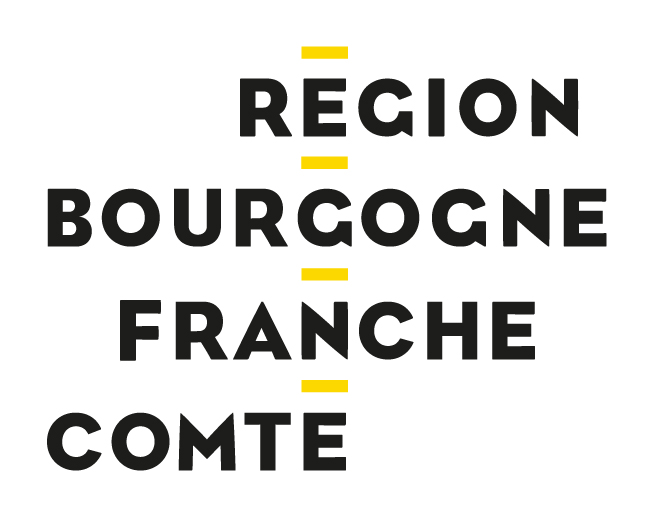
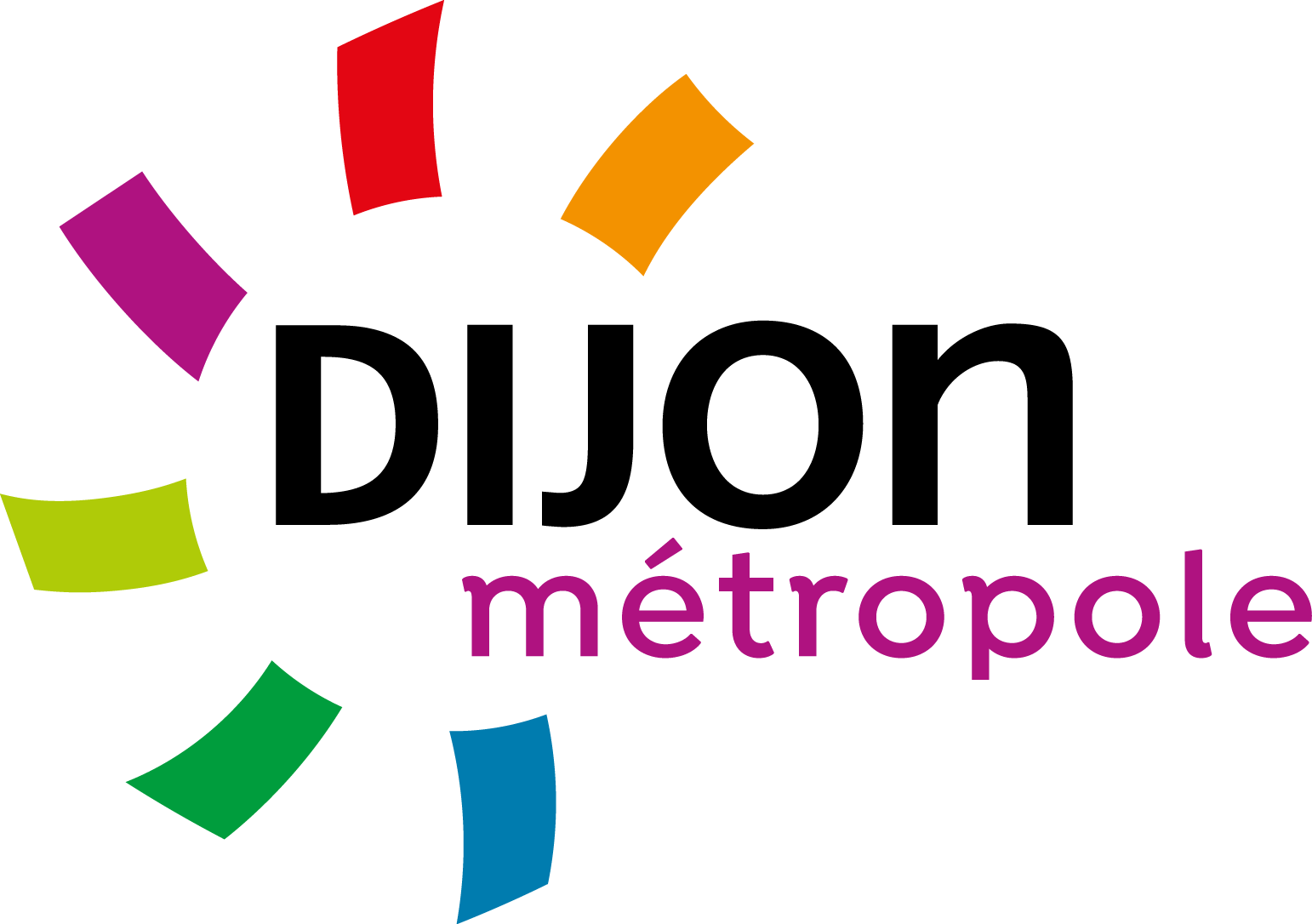









Share your opinion